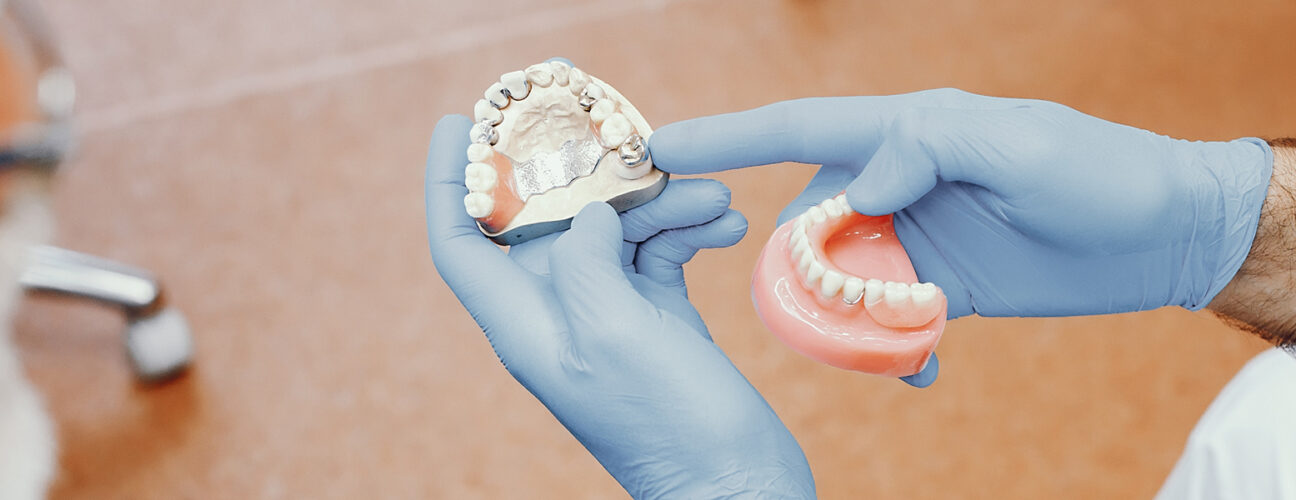How Long Does It Take to Remove a Dental Bridge? What to Expect
June 1, 2025It seemed like a long-term solution—until discomfort or a dentist’s concern made you wonder: how long does it take to remove a dental bridge? Whether it’s pain, shifting, or maintenance, you’re not alone. Understanding the removal process can ease your worries. Let’s break it down step by step so you know what to expect and why.
What Is a Dental Bridge and Why Might It Need Removal?
A dental bridge is an individualized appliance that restores the gap left by one or more missing teeth. It’s supported by natural teeth or implants on either side and looks just like your real teeth.
But over time, things can shift.
Common Reasons for Dental Bridge Removal:
- Decay under the crowns or anchor teeth
- Gum disease that affects the supporting teeth
- Damage or wear to the bridge itself
- Improper fit or discomfort
- Plans to replace it with an implant or a newer bridge
If you’re in pain, struggling to chew, or noticing swelling or odor around the bridge, don’t wait. These could be signs that it’s time to take a closer look—reach out to a local dentist or dentist in Calgary (if you are from that area) for an expert evaluation.
The Dental Bridge Removal Process: Step-by-Step
Every mouth is different. Some bridges come off with ease. Others need a bit more care. Here’s what usually happens at the dental office:
1. Initial Evaluation
A dentist will begin with an X-ray to see how the bridge is seated and whether the supporting teeth are healthy.
2. Numbing the Area
They’ll numb the spot just like they would for a filling. You’ll feel pressure—but not pain.
3. Loosening the Bridge
- In some cases, the dentist can gently rock the bridge until it loosens.
- If it’s cemented firmly, small tools help break the seal without damaging your teeth.
4. Cutting Through the Bridge (if needed)
Sometimes, especially with older bridges, removal involves cutting through the metal framework. This sounds intense—but it’s controlled, safe, and done with precision.
5. Cleaning Up
After removal, the dentist cleans the area and checks for decay or damage to the supporting teeth.
Timeframe?
Most removals take 30 to 60 minutes, depending on how the bridge was placed and your dental condition.
Is It Hard to Remove a Dental Bridge?
In simple terms, not really, especially if your dentist knows their stuff. Most removals are smooth.
That said, difficulty can depend on:
- How long has the bridge been in place
- The cement or bonding used
- If decay or gum problems have affected the area
- Type of bridge (traditional, cantilever, etc.)
The key? Choosing a skilled provider. Patients who visit clinics offering dental bridges in Calgary (if you are from that area) often share that their removals feel quicker and more comfortable than expected. The process is designed to protect your teeth, not stress you out.
How Much Does It Cost to Remove a Dental Bridge?
Costs can vary quite a bit.
Factors That Influence Price:
- Type of bridge and its condition
- Whether it’s part of a larger treatment plan
- Location and clinic policies
- Use of sedation or the latest tools
On average, bridge removal alone may cost $150–$500. However, if follow-up care (like a crown or implant) is needed, total treatment could rise.
Insurance Note:
Many dental plans cover part or all of this procedure if it’s considered medically necessary. Always check with your provider beforehand.
What Happens After the Bridge Is Removed?
Now that the bridge is out, what’s next?
That depends on why it was removed and what your oral health looks like. Your dentist will walk you through options that might include:
Short-Term
- A temporary crown or filling to shield the tooth
- Antibacterial rinse if gum issues are present
- Rest and follow-up checkups
Long-Term
- A new bridge—custom fit, updated materials
- Dental implants—a more lasting solution
- Crowns on individual teeth if the gap no longer exists
If you’re being treated at East Hills Dental Clinic, you’ll get a clear care plan and personal guidance on which solution works right for you.
Tips for a Smooth Recovery
- Stick with soft foods for 24–48 hours.
- Avoid very hot or cold drinks.
- Brush gently and follow your dentist’s care advice.
- Use saltwater rinses to soothe the gums.
- Attend all follow-up appointments.
If you notice unusual swelling, bleeding, or discomfort, don’t wait. Call your dentist.
Final Thoughts
Our team believes informed decisions lead to healthier smiles. So, what’s the time required to take out a dental bridge? Typically under an hour—but your comfort, care, and next steps matter most. Ready for professional support and personalized guidance? Contact us today, and let’s keep your smile strong, confident, and cared for.
